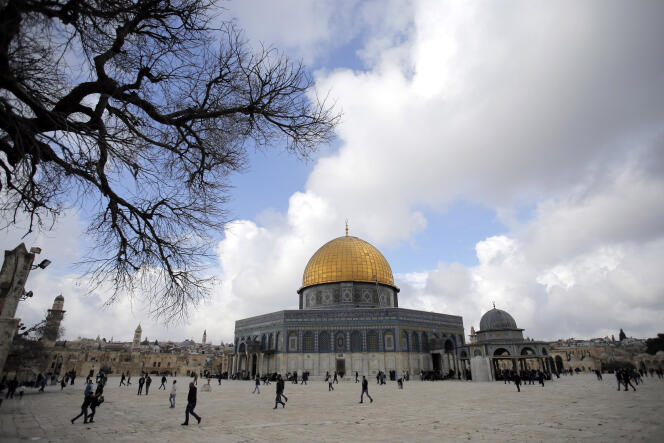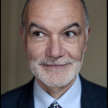
In 2015, Yishai Sarid, arguably the most inventive Israeli novelist of his generation, published The Third, a book of "biblical anticipation" based on hundreds of hours of interviews with Messianic activists, mostly from the West Bank colonies. Twenty years after the assassination of Israeli Labor Prime Minister Yitzhak Rabin by a fanatic from this same movement, Sarid decided to take as gospel, literally, the eschatological rhetoric of these "end of days" activists.
The novel, which won the prestigious Bernstein Prize, follows the narrator, whose father "removed the mosques from the top of the Mount" to build the Third Temple in their place. The echoes of this dystopia still resonate today: current Israeli Prime Minister Benjamin Netanyahu has promoted two supremacists to key cabinet portfolios, Bezalel Smotrich to finance (as well as deputy of defense) and Itamar Ben-Gvir to national security (with authority over a future "national guard").
The Temple of Jerusalem was first destroyed in 586 BC by the Babylonians, who forced the Jewish population into exile. Half a century later, the Persian emperor Cyrus authorized the exiles' return and the Temple's reconstruction. This Second Temple was itself destroyed in 70 AD when Rome suppressed a Jewish uprising. According to the Hebrew calendar, the destruction of these two temples took place on the 9th day of the month of Av, which has been marked by a day of fast every year since.
The Temple and its Mount
The commemoration of the two lost temples has given an essential place in Jewish piety to the "Wall," or Kotel in Hebrew, which corresponds to the western enclosure of the Second Temple, hence its name of "Western Wall" or "Wailing Wall." The Kotel is all the more central in that rabbinic consensus forbids all access to Al-Aqsa, Jerusalem's holy esplanade of mosques and Islam's third holiest site after Mecca and Medina, along with the Al-Aqsa Mosque, mentioned in the Quran, and the Mosque of Omar, also known as the Dome of the Rock.
Al-Aqsa is known in Arabic as Haram al-Sharif ("Noble Sanctuary") and in English as the Temple Mount. During the battle for Jerusalem in July 1948, two months after the proclamation of the State of Israel, the extremist Lehi militia tried in vain to approach the sanctuary and blow up the two mosques.
The ceasefire of April 1949 divided the Holy City into a western sector, incorporated by Israel, and an eastern sector, annexed by Jordan, where synagogues were destroyed. Following Israel's triumph in the Six-Day War in June 1967, Moshe Dayan, then minister of defense, forbade the chief rabbi of the Israeli Defense Forces (IDF), Shlomo Goren, from destroying the Omar Mosque in the context of the Third Temple. The Mughrabi Quarter, which had stretched for centuries at the foot of the Kotel, was demolished in a matter of hours. A new holy-site status quo was then imposed by the Israeli occupiers in East Jerusalem, with the Western Wall, to which access was cleared by force and reserved for Jewish worship, while Al-Aqsa was dedicated to Muslim worship with tourists admitted at specific times and through specific entrances.
You have 45.99% of this article left to read. The rest is for subscribers only.
